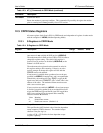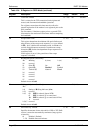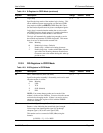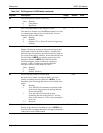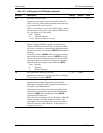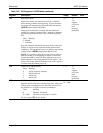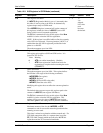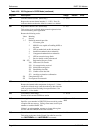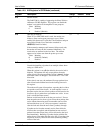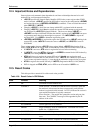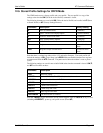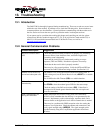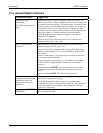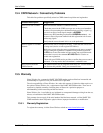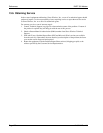
User’s Guide AT Command Reference
2110212 Rev 1.0 Page 115
Table 12-5: WS-Registers in CDPD Mode (continued)
Register Description Range Default Units
214
Booster Enable
The DART 300 is capable of supporting the Sierra Wireless
AirBooster 350 RF amplifier. This register can disable the
modem’s recognition of the amplifier for test purposes.
Value Meaning
0 Disabled
1 Enabled (Default)
0, 1 1
216
Auto-dial on Start-up
When TCP or UDP PAD mode is used, the modem can
initiate a client session upon power-up or reset. When
enabled, this feature will “quick dial” the IP address and port
stored in the Friends List at the index contained in
+WS213 (Friend List Index).
If the connection attempt would return a failure result code,
the modem will retry the dial command indefinitely. No
result codes are returned to the local host. The modem
appears to be in data state from the power-up or reset.
Value Meaning
0 Disabled (Default)
1 Enabled
0, 1 0
217
UDP Server Receive Lock
Controls the handling of packets from multiple clients when
acting as a UDP server.
When this register is set to 0 (the default), the receive lock is
disabled. The modem will only accept packets from the
calling client’s IP and port until the session is closed. Packets
from other callers are dropped. See Section 6.2.1.2 for a full
discussion.
If the value is non-zero, the modem will accept packets from
other clients but hold them based on the locking time set in
this register.
The modem will queue client packets, expecting the local host
to respond to each client in turn. As each response is sent, or
the timer expires, the next client’s packets are delivered to the
local host, up to a packet from yet another new caller. A new
lock is set and the timer restarts.
Packets are delivered in the order they are received. If more
than one packet arrives from a given client, those packets that
arrive without intervening ones from another source will be
delivered the host as a set. Only one response is needed to
clear the lock and allow the next client’s packet(s) through.
If packets arrive from the currently active client while the
local host has not replied, and the modem has not received
packets from other clients, they will be delivered to the local
host immediately. Buffering of packets begins with the first
packet from a client other than the active one. From that point
all packets from any client are held back (buffered) pending
release of the lock.
0 – 255 0 0.1s



